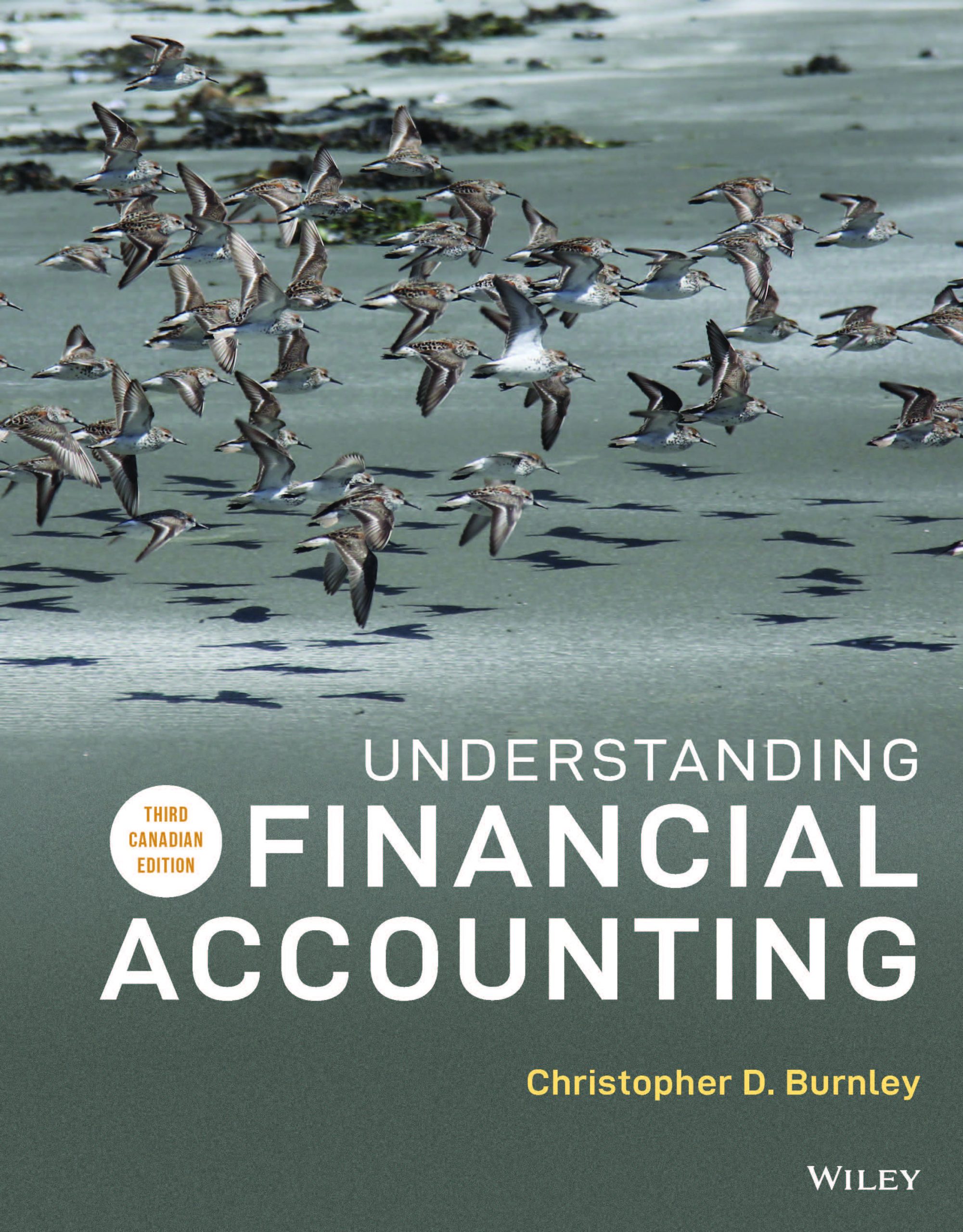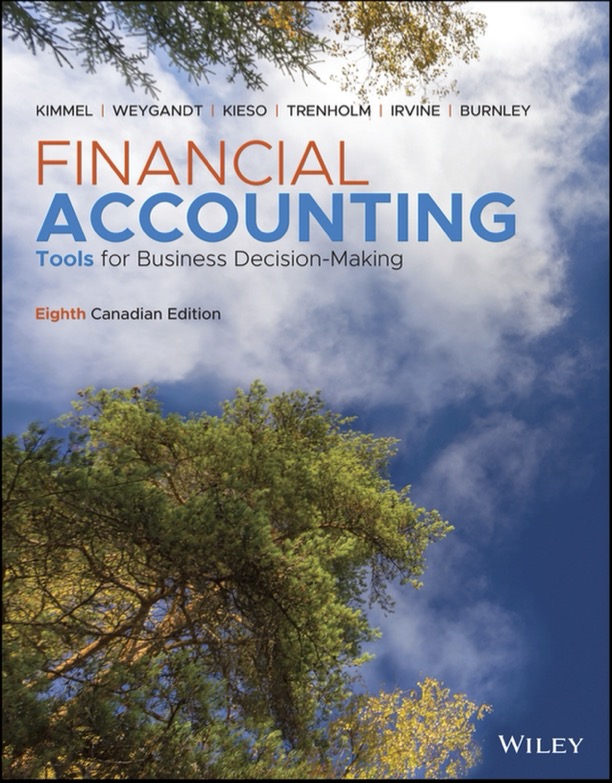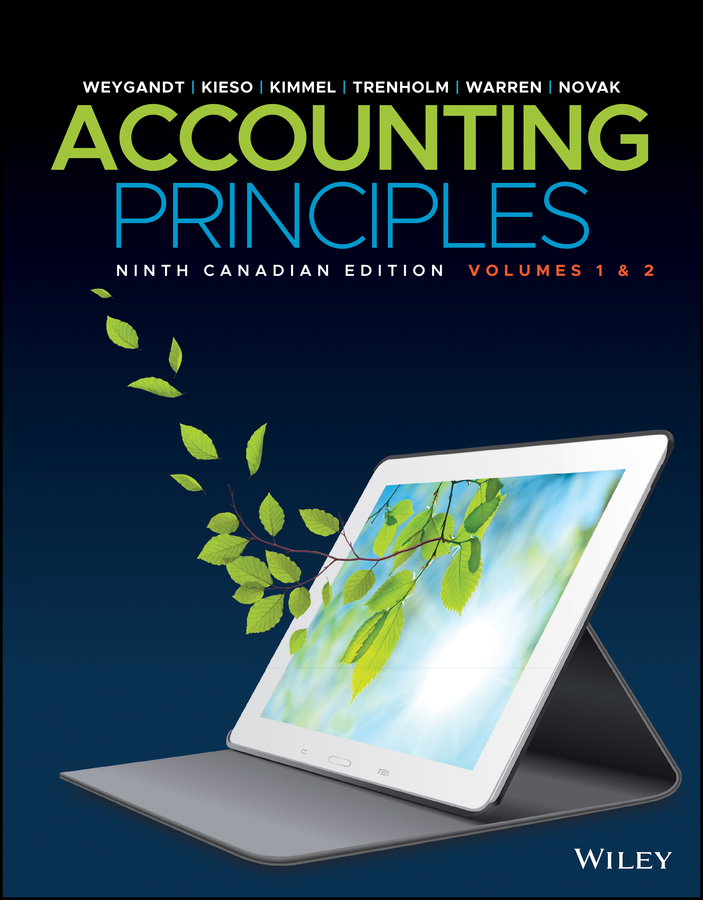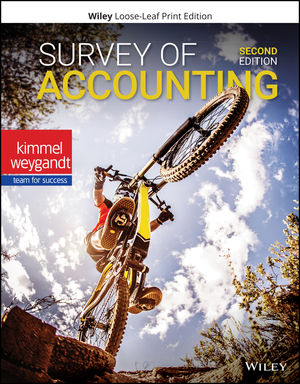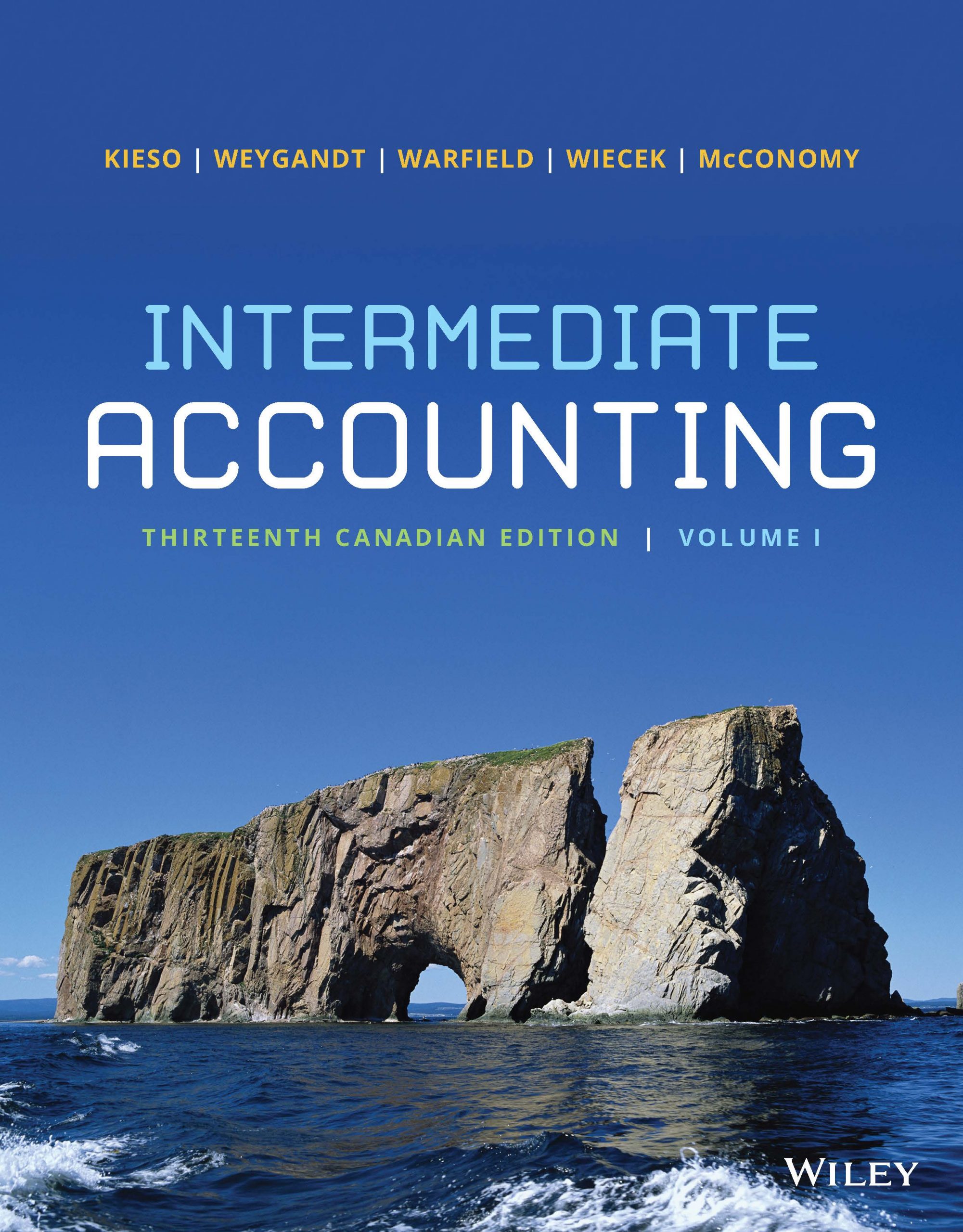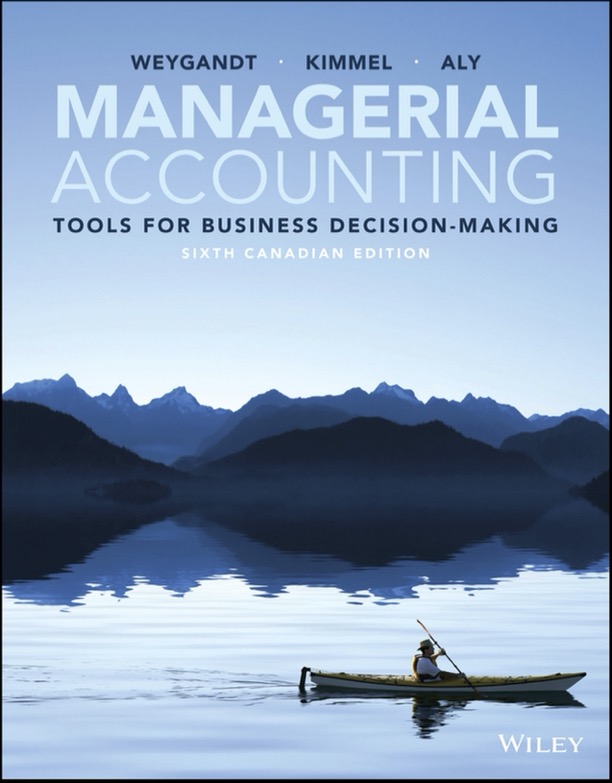Description: After years of less than spectacular results, and with most of its previous profits coming from its web services arm, Amazon seems to have busted through the retail profits barrier. Its fourth quarter profit was close to $2 billion, with a big helping hand from the latest US tax cut. Alexa seems to be helping out, with Amazon customers using the voice service to order items from the huge online retailer.
Date: February 01, 2018
Source: cbc.ca
Link: http://www.cbc.ca/news/business/amazon-earnings-retailer-1.4515393
1) Were you using Amazon during the holiday season to help with your purchasing?
2) Do you or any of your classmates use Alexa?
3) Take a look at problem BE 14-12 in Wiley’s Financial Accounting: Tools for Business Decision Making. The problem compares the P/E ratios and the dividend yield pf Amazon and Bank of Montreal. Answer the question posed by the problem regarding which company offers the best opportunity for growth and which for income.

